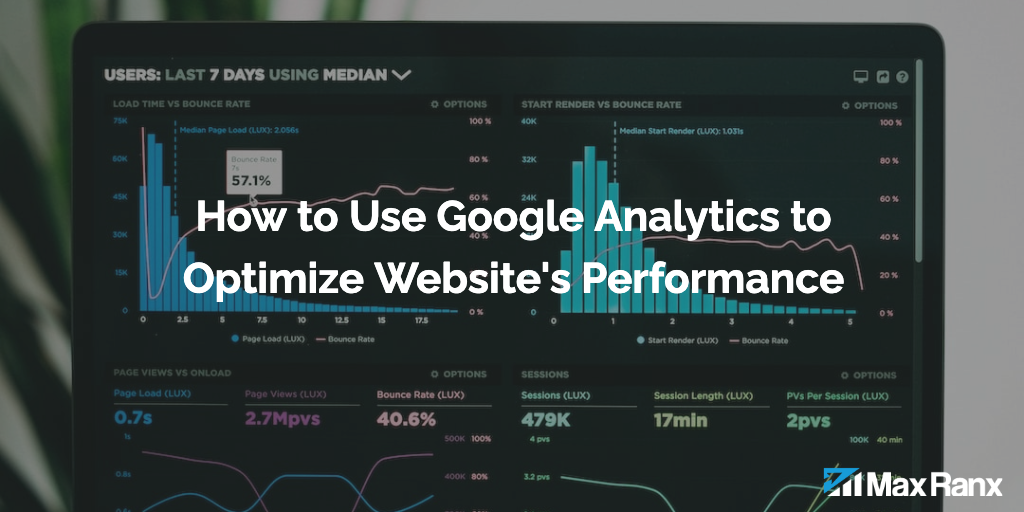Google Analytics is a powerful tool for understanding the traffic and behavior of visitors to your website. However, if you’re a power user looking to get the most out of the tool, you might be wondering what advanced features and techniques are available to you. In this article, we’ll take a look at some advanced tips and tricks for using Google Analytics to its full potential.
1. Use custom segments to understand specific groups of users
Custom segments allow you to create custom groups of users based on specific criteria, such as traffic source or location. This can be a powerful way to understand how specific groups of users behave differently on your website. To create a custom segment, go to the “Audience” tab in your account, and then click on the “Add Segment” button. From here, you can specify the criteria for your segment and give it a name.
2. Use custom alerts to stay informed of important changes in your data
Custom alerts allow you to set up notifications for specific events or changes in your data. This can be a great way to stay informed of important changes or trends in your data, and can help you identify areas for improvement. To set up a custom alert, go to the “Customization” tab in your account, and then click on the “Custom Alerts” subtab. From here, you can create a new alert by specifying the criteria for the alert and the action that should be taken when the criteria are met.
3. Use custom reports to get a more detailed understanding of your data
Custom reports allow you to create reports that are specific to your business needs. This can be a great way to get a more detailed understanding of your data, and can help you identify trends and patterns that may not be immediately apparent in the default reports. To create a custom report, go to the “Customization” tab in your account, and then click on the “New Custom Report” button. From here, you can specify the metrics and dimensions that you want to include in the report, as well as any filters or segmentation that you want to apply.
4. Use Google Analytics APIs to access and analyze your data in more detail
The Google Analytics APIs allow you to access and analyze your data in more detail. This can be a powerful way to get a deeper understanding of your data, and can be especially useful if you want to integrate your Google Analytics data with other tools or systems. To use the Google Analytics APIs, you’ll need to have some programming knowledge and set up an API project in the Google Cloud Console.
5. Use BigQuery integration to analyze large amounts of data
If you have a large website with a lot of traffic, you might find that the standard Google Analytics reports are not sufficient for your needs. In this case, you can use the BigQuery integration to analyze your data in more detail. BigQuery is a cloud-based data warehouse that allows you to analyze large amounts of data quickly and efficiently. To use BigQuery with Google Analytics, you’ll need to set up the integration in the Google Cloud Console.
6. Use Google Optimize to run experiments on your website
Google Optimize is a tool that allows you to run experiments on your website to test different versions of your website and see which one performs best. This can be a powerful way to optimize your website and improve your conversion rates. To use Google Optimize, you’ll need to install the Optimize snippet on your website and create an experiment in the Optimize dashboard.
Conclusion
Google Analytics is a powerful tool that can provide you with a wealth of data about your website and its visitors. By using the advanced features and techniques described in this article, you can get even more out of the tool and gain a deeper understanding of your data. Whether you’re using custom segments, custom alerts, custom reports, APIs, BigQuery, or Google Optimize, these advanced features can help you get the most out of your Google Analytics data and improve your website.




